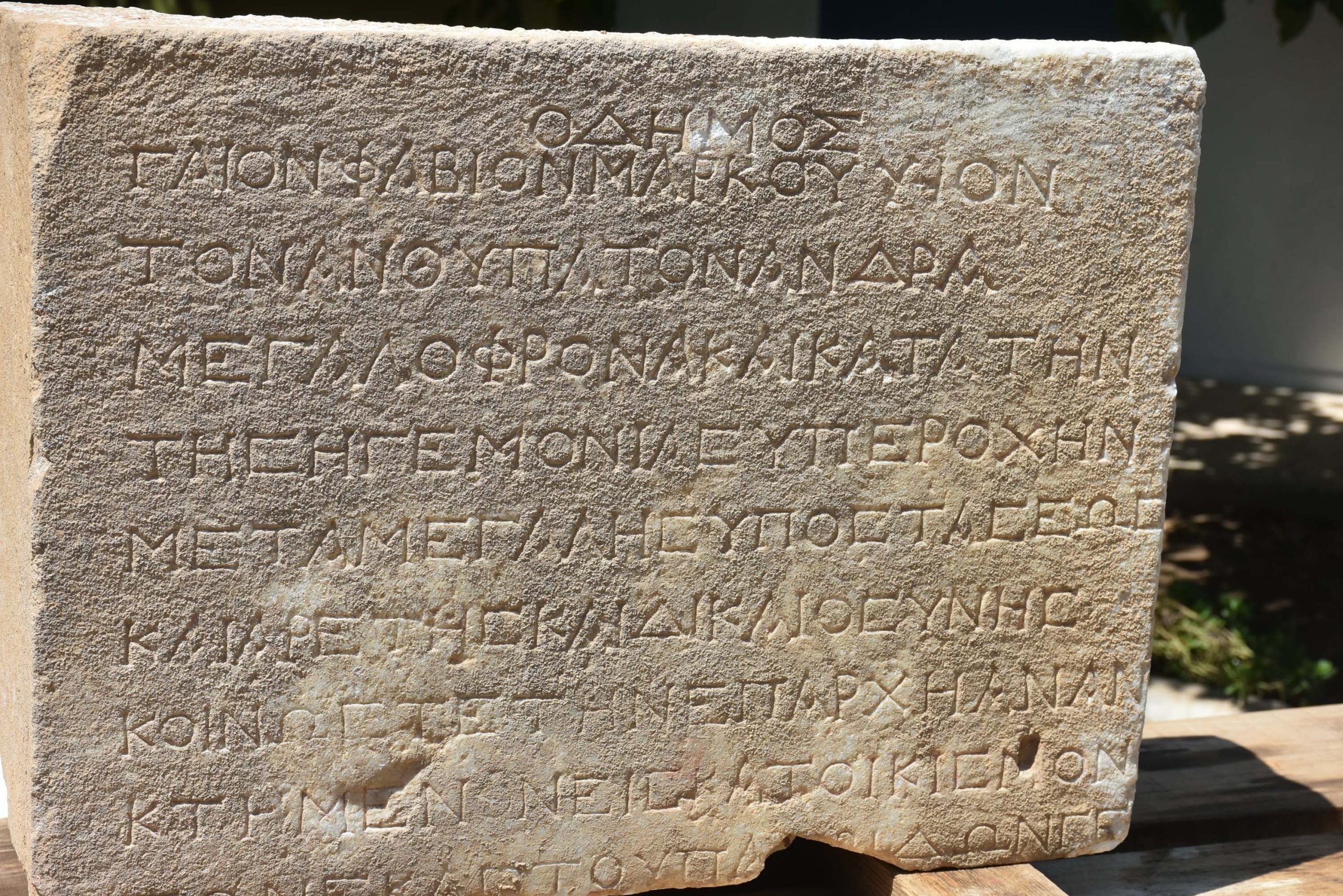
The 2000-year-old honorific inscription found in the ancient city of Metropolis has been deciphered
The 2000-year-old honorific inscription found in the ancient city of Metropolis, known as the ‘City of the Mother Goddess’ in Izmir, has been deciphered. The ancient city of Metropolis, spanning from the Hellenistic period to the Roman period, takes its name from the ancient Greek mythological term “Metropolis,” which signifies “mother goddess.” Metropolis began to
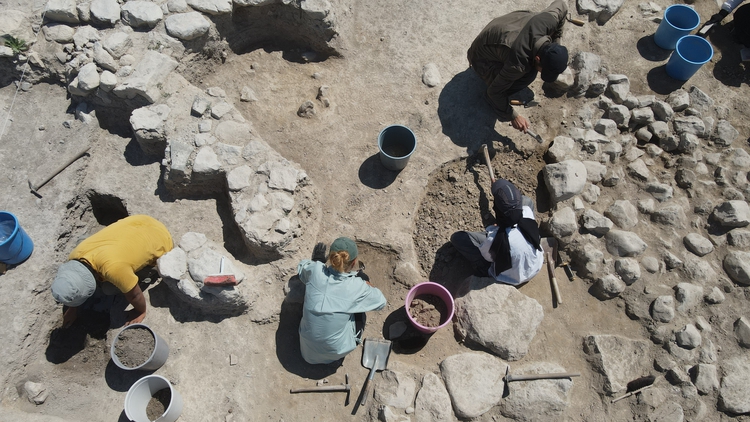
The remnants of the Iron Age are being searched for in Nerik, the sacred city of the Hittites
In Nerik, an important religious city of the Hittite Empire, remains from the Iron Age are being searched for. Nerik is located at the Oymaağaç Mound, situated 7 kilometers northwest of the Vezirköprü district in Samsun province of present-day Turkey. Established by the Hattians, one of the oldest civilizations of Anatolia, around 3500 years ago,
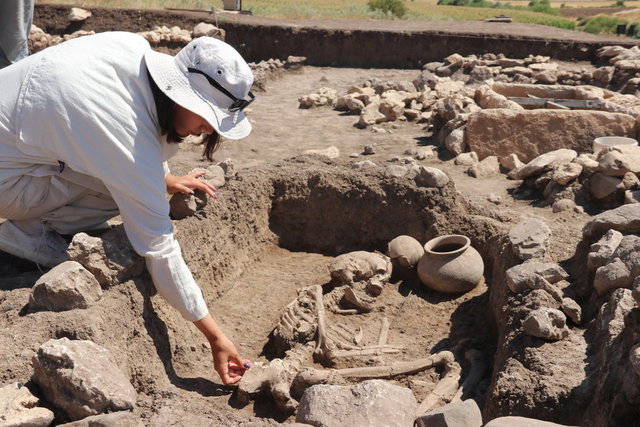
Pot-type tombs containing the remains of children were found in Çayönü Höyük, one of the places where agriculture first started
In the ongoing archaeological excavations at Çayönü Höyük in the Ergani district of Diyarbakır, pot-type graves containing the remains of children and infants aged 6 and under have been found. Çayönü Höyük is considered one of the areas where agriculture was first practiced, dating back to the Neolithic period. The first settlement is thought to
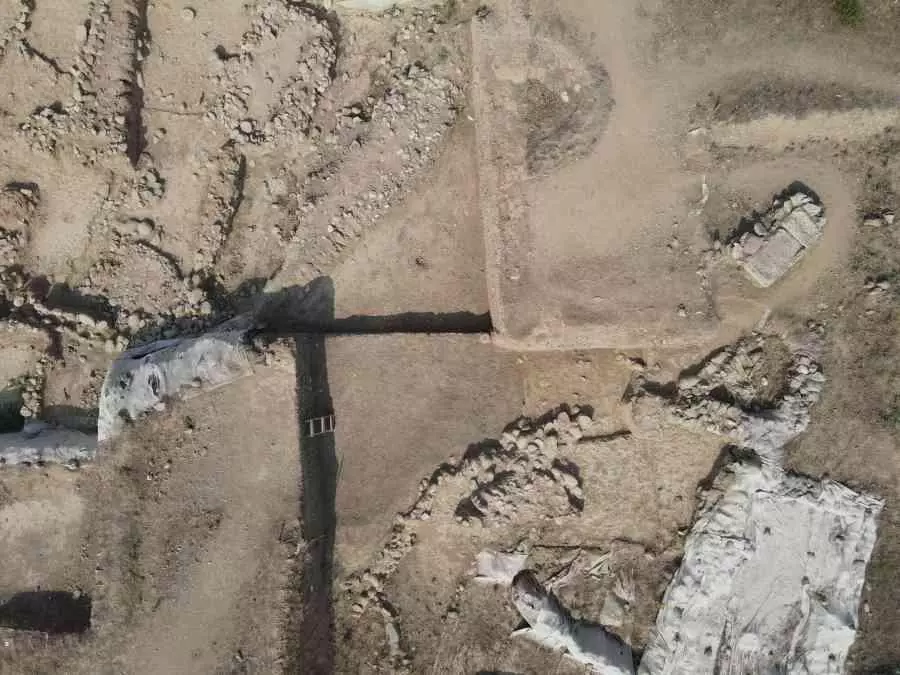
One of the oldest water channels dating back to 8,200 years ago was discovered in Yeşilova Mound
Archaeologists have discovered one of the oldest water channels dating back to 8,200 years ago at Yeşilova Mound, located in the western Turkish province of İzmir. During the excavations, it was revealed that the earliest inhabitants of Yeşilova Mound directed the stream by hand and brought water to their homes. Speaking to the local media,

The 2,000-year-old golden crown of the Governor of Rome is on display at the İznik Museum
The 2,000-year-old golden crown of a Roman governor, which was unearthed during archaeological excavations in the historical city of Iznik, which was the capital city during the Roman, Byzantine, Seljuk and Ottoman periods, is on display at the Iznik Museum. The gold crown, inspired by olive leaves, weighs around 20 grams. The İznik Museum, where
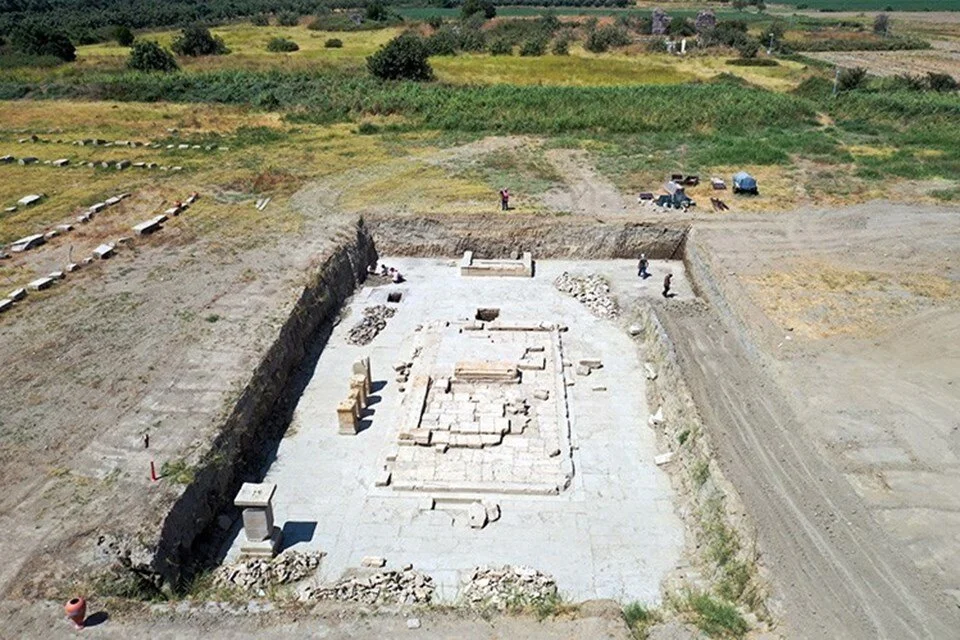
The altar section of the Temple of Zeus in the Ancient City of Magnesia has been uncovered
According to legend, the altar section of the Temple of Zeus, which is currently undergoing restoration efforts in the ancient city of Magnesia, established by the Magnets who came from Thessaly based on Apollo’s prophecy and guidance, has been uncovered. The excavations in the ancient city of Magnesia, located in the Germencik district of Aydın,

1700-year-old shipwreck discovered in the Sea of Marmara
A 1700-year-old shipwreck was discovered in the Sea of Marmara, located in the northwest of Turkey. The discovery was made by the maritime police of Yalova. The shipwreck was located 200 meters away from the shore of Yalova. The wreck was named ‘Yalova Gazi 1 Shipwreck’. During the excavations conducted in the area by the

The discovery of a human-like monkey species in Çankırı is altering our understanding of the origins of humanoid species
Eight years ago, in the Çorakyerler Vertebrate Fossil Site in Çankırı, it was determined that the monkey bones found belonged to a different species, and a tailless monkey-like species with humanoid features was named “Anadoluvius turkae.” Anadoluvius turkae, estimated to have lived around 8.7 million years ago, supports the hypothesis that tailless and bipedal Anadoluvius
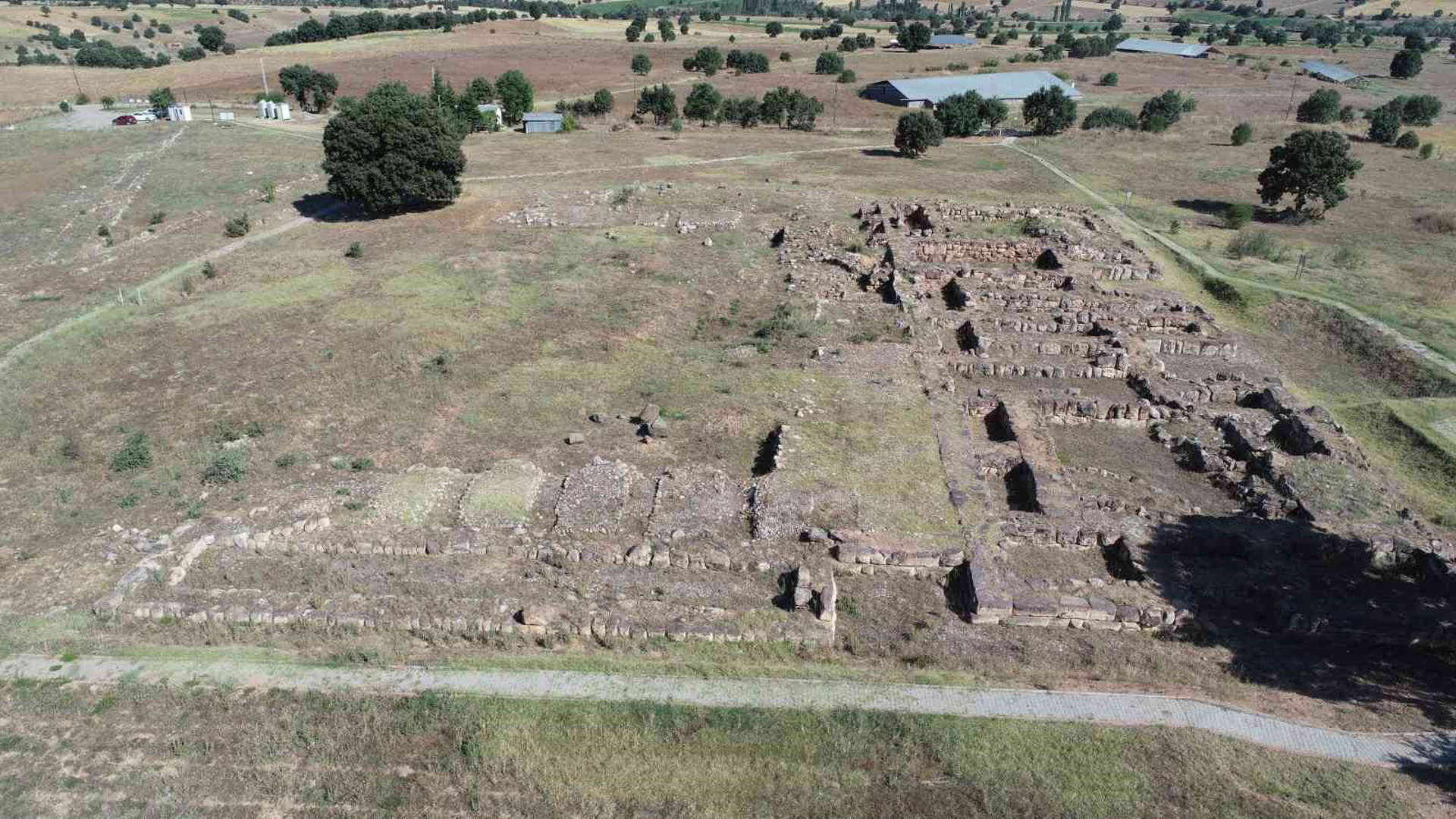
Archaeologists are trying to find the source of the catharsis water mentioned in the Hittite cuneiform tablets in the excavations at Şapinuva
Archaeologists are attempting to discover the source of the sacred water used in purification rituals mentioned in the cuneiform tablets left by the Hittites, who established the first centralized state in the Bronze Age Anatolia, through excavations at Şapinuva. Şapinuva, located in the province of Çorum in Turkey, was not only established as the capital
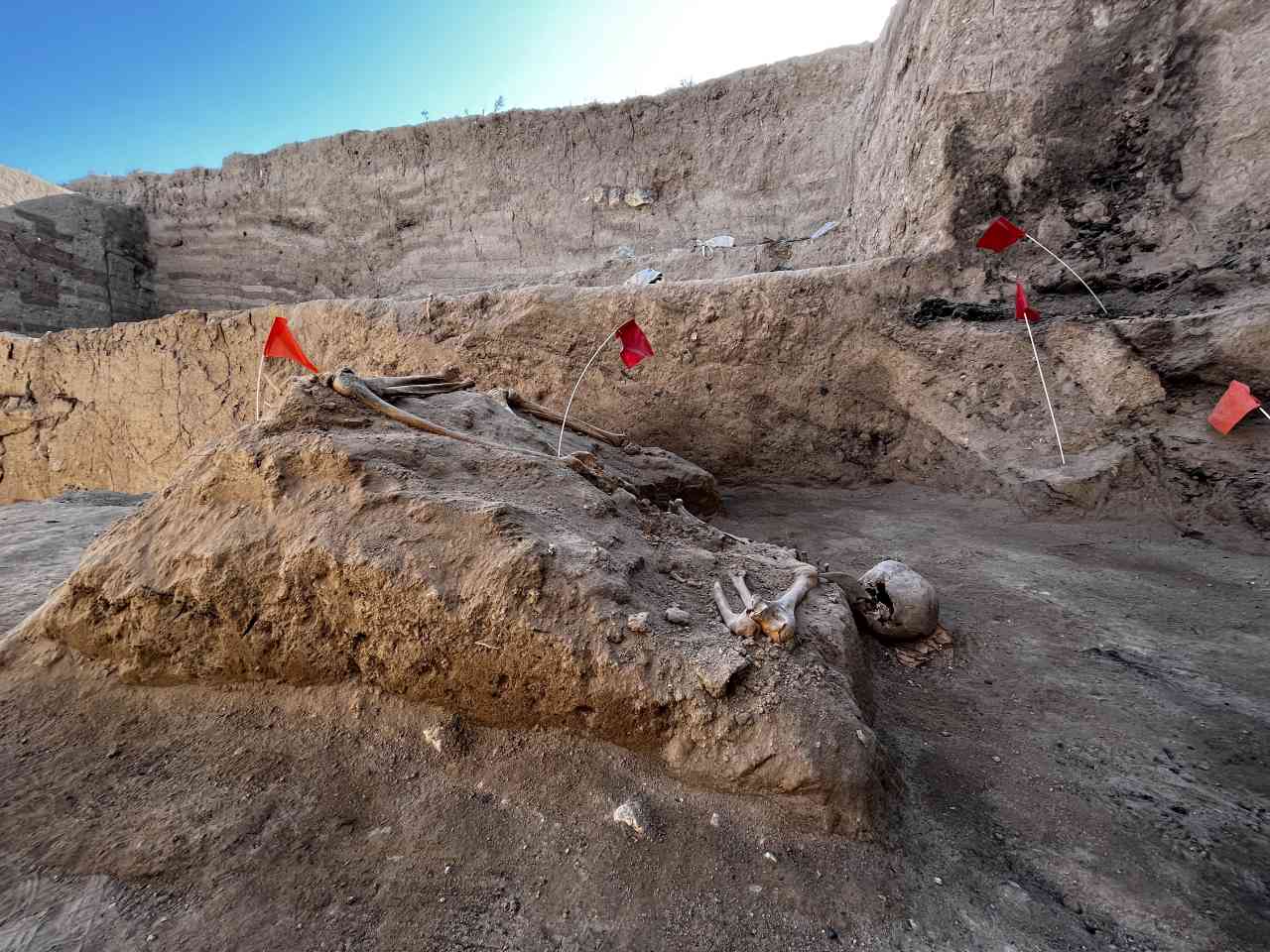
A skeleton of an Urartian man with partially preserved brain tissue was found in Ayanis Castle
During the excavations of the Urartian period Ayanis Castle located on the shores of Lake Van in the Eastern Anatolia region of Turkey, a skeleton belonging to a Urartian man was found, with partially preserved brain tissue. In this year’s phase of the ongoing excavation efforts that have been carried out for 36 years at
